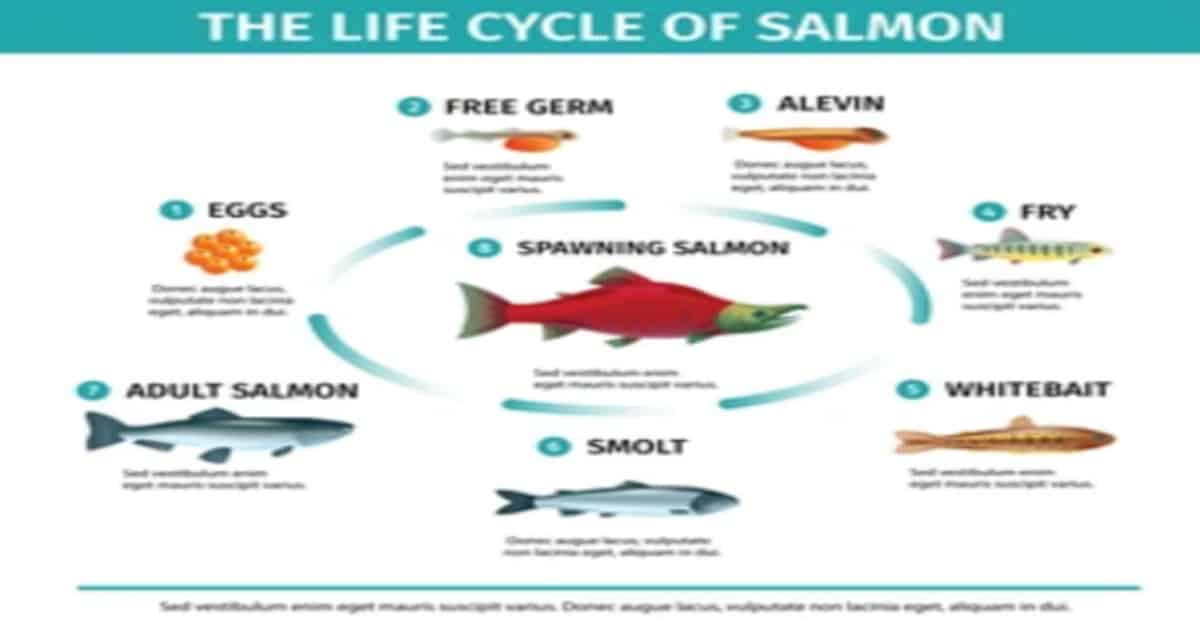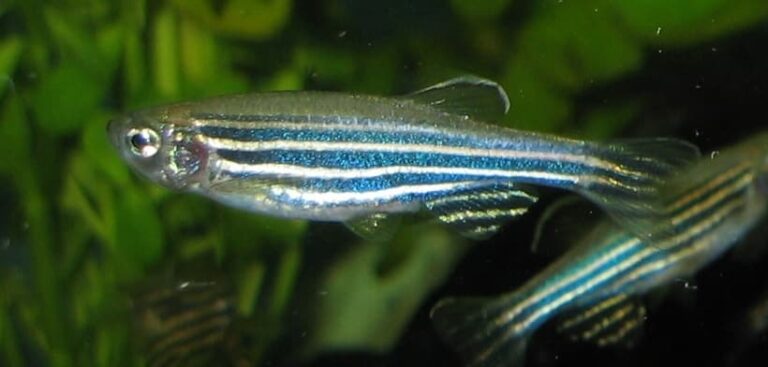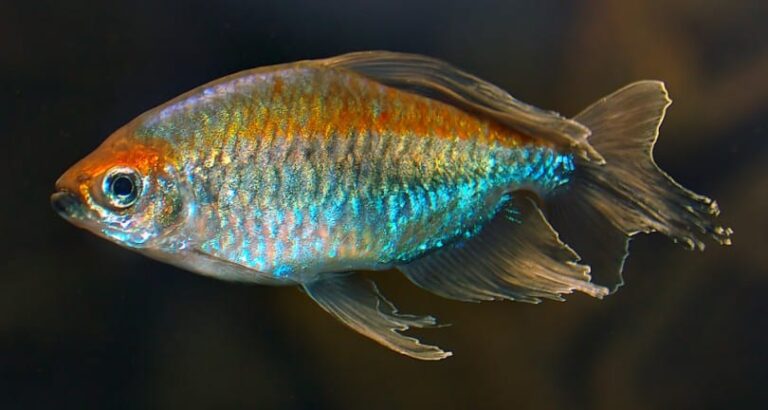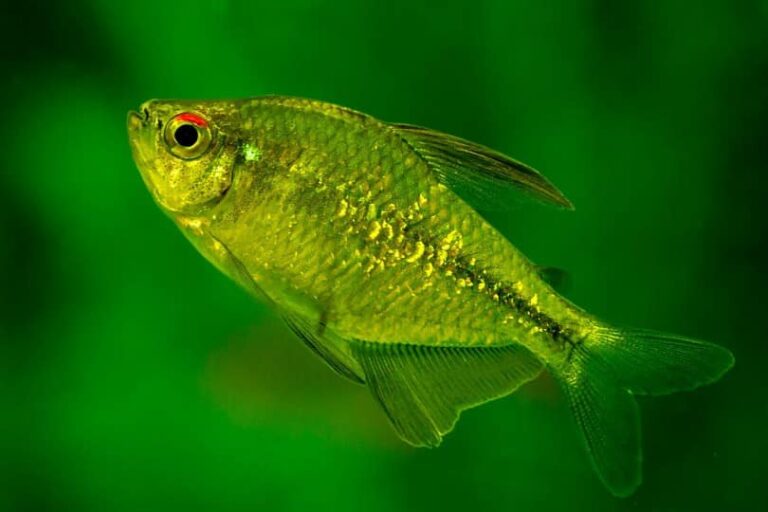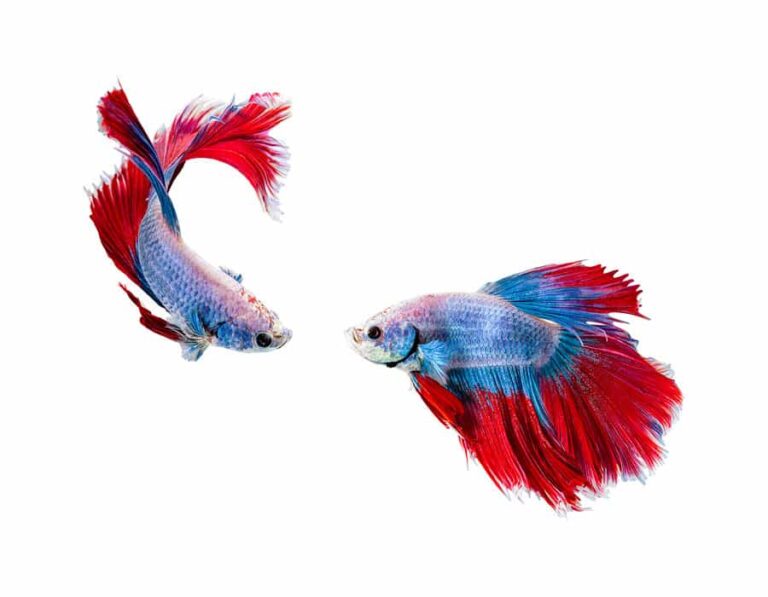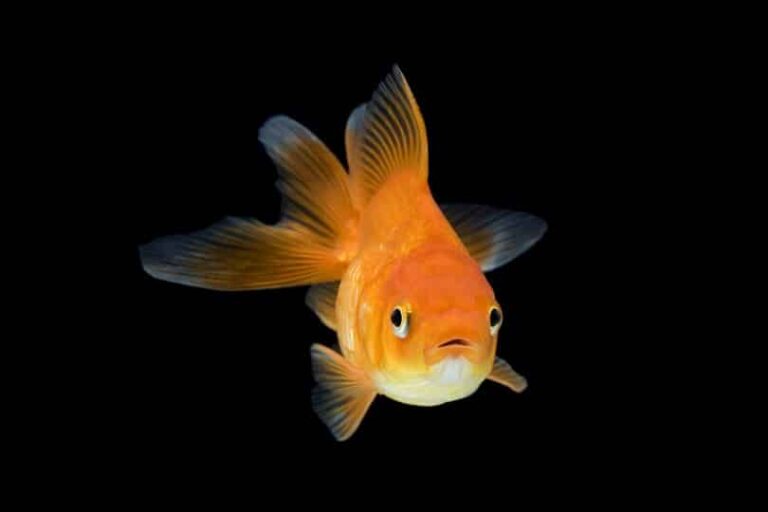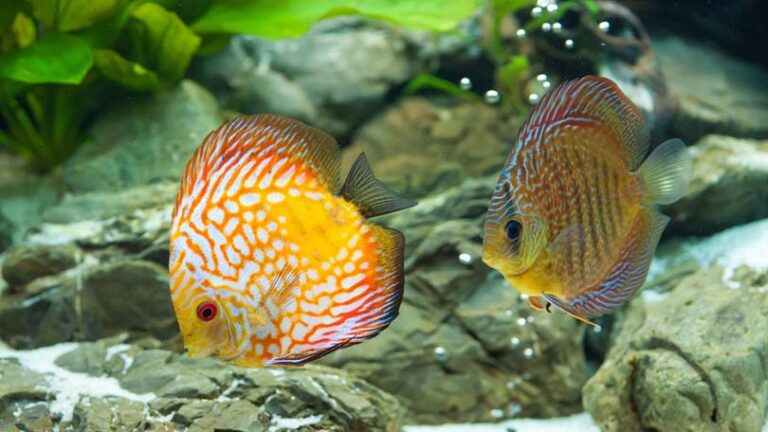Salmon Life Cycle
Salmon is one of the most popular fish and is an important part of cuisine all around the world. Its unique nature isn’t only about its exquisite taste. Instead, it’s also one of the unique creatures in the animal kingdom, as this fish has the ability to swim upstream for reproduction.
Since you came across this article, you must be curious about the salmon life cycle. So, let’s explore the fantastic stages of salmon development from birth to death.
What Does Salmon Look Like?
Before we explore the salmon life cycle, let’s first discuss their biological characteristics and what salmon look like.
Salmon species are divided into two parts. The first one is Pacific salmon, and the group includes 7 species. The second one is Atlantic salmon, which only has one species. Salmon usually live in the Pacific and Atlantic oceans. Salmon are born in rivers and streams and then migrate to the oceans and seas. However, they return to the freshwater areas to reproduce and mate.
The salmon fish has a long body and four single fins. Additionally, salmon has a pelvis and a pointed mouth. During the majority of the year, it seems to be sparkling silver with pockets of blue, crimson, green, pink, or purple. However, when the mating season comes, the scales change into various vibrant hues.
An adult typically weighs between 10 and 20 pounds. However, there is a wide fluctuation in this range. For example, the pink salmon species typically weigh an average of 3 to 6 pounds. The king salmon, on the other hand, can reach a weight of 23 pounds. The largest salmon found weighed 126 pounds and was around 5 feet long. It belongs to the Chinook species.
Habitat and Migration
Atlantic salmon previously abound along the whole coast of the Atlantic Ocean in the territories of the United States and Canada. However, overfishing and habitat damage drastically decreased their populations. Only several rivers are home to Atlantic salmon in the United States today. Typically, those rivers are found in Maine territory.
Species of Pacific salmon may be found in Japan, the Western United States, and Canada’s Pacific Northwest.
Salmon is well recognized for making difficult migrations. All species, once they are born, go to the oceans. However, as already mentioned above, they return to freshwater streams for reproduction. More than any other fish, sockeye salmon may stay in their natal area for up to 3 years.
Before returning to freshwater streams to reproduce, adult salmon can spend 1 to 5 years in the oceans. A “salmon run” is the name for this dangerous and grueling expedition, which can be as long as hundreds of miles and is happening against the tide. Salmon return to their native spawning grounds using their sense of smell.
Salmon Life Cycle
Salmons are anadromous, which means they travel between the oceans and rivers. The first and last parts of their lives are spent in freshwater; however, adulthood is spent in the ocean.
Unlike many other fish species, the salmon life cycle is very complicated. The process consists of 6 different stages. Life starts as an egg, then the egg turns into the alevin, fry, parr, and smolt, and finally, the salmon reaches adulthood. So now, let’s explore those stages up close.
Egg
The salmon life cycle starts with the egg stage. Salmon start to lay their eggs during the fall. The eggs are placed on the gravel beds located at the very bottom of freshwater lakes and streams. Eggs are located a few feet below the surface; because of this, they get protection from exposure and are hidden from direct sun rays. Eggs remain at the bottom of the water through winter, and during this period, the embryos develop.
Salmon eggs have pinkish-red colors and are translucent. Additionally, they have a spherical shape. While the baby fish is in the eggs, the organs start to develop, and because of the fine covers, they are clearly visible. The egg stage of the salmon life cycle continues for two or three months and then starts to hatch. The season when the eggs are hatched is in the spring.
Alevin
One of the most important factors that affect when the eggs are hatched is temperature and water flow. Alevins have a length of only 1 inch and have very large eyes. They are attached to the orange sac, full of yolk that provides essential nutrients.
The alevin stage of the salmon life cycle continues for 3 to 4 months. The newly hatched salmon stay in the gravel nests. Their main food is the yolk that is attached to their body. Once alevins finish eating the sac that is attached to their bellies, they are significantly bigger. After that, they come out of the gravel and move to the next stage of the salmon life cycle.
Fry
The next stage of the salmon life cycle is fusing. The baby salmon turns into a fry after it finishes eating the yolk. The fry comes out of the gravel nests and starts to explore the water. This time, it feeds off aquatic plants and tiny plankton. At this stage of the salmon life cycle, the fry is vulnerable and can become an easy victim of insects, fish, and birds.
Fry typically goes up to the surface to fill the bladder with oxygen. Once they do it, they are ready to start feeding. Fry can spend around one year in the natal streams. When they first emerge, they have chum and pink colors and silver smolts.
This is the stage when salmon start to head towards the sea. However, different species have different migration periods. For example, the sockeye fry typically spends one or two years in freshwater and then starts the migration. The Coho fry only stays in the river for one year.
The habitat has a great influence on fry survival. If there are logs, boulders, and shade, then baby salmon have places to hide and avoid predators. Additionally, it prevents the fry from being flushed by the water during floods.
Parr
The fry stage of the salmon life cycle slowly transitions to the parr stage. Parrs are around 6 inches long. Slowly, the vertical markings appear on the body.
The smaller-sized parrs let the rivers take them downstream tail-first. Whereas the stronger ones start to swim to the oceans. Young parrs are typically found along the estuaries of river mouths.
Some species of salmon do not go through the adjustment phase before going to the ocean. For example, a king salmon starts to go to the ocean as soon as it becomes a parr. However, other parrs can be in the rivers for one to three years.
Smolt
The smelting process starts, and the scales also grow, which gives the fish a silvery color. Because of the environmental factors, in this stage, the parr goes downstream and moves towards the ocean.
At this stage, the fish stay where the ocean and river meet. They are silver in color. In this specific stage of the salmon life cycle, the smolts swim in groups and once in a while visit the oceans to eat. Slowly, the body becomes familiar with the salty ocean water, and this makes the transition easier.
Adult Salmon
Adult salmon typically spend from 3 to 7 years in the ocean. After this, they return to the rivers and freshwater. As adults stop feeding, they start to produce various body colors. For example, the males have brighter colors and the females become darker. After the mating, the female lays eggs, and the whole life cycle starts again.
The average lifespan of salmon is around 7 years. After spawning, those fish typically die. This behavior is somewhat “semelparity.” However, some species can spawn several times. However, the salmon mortality rate is considered to be pretty high and is approximately 40%.
How Important Salmon is for the Ecosystem?
Some salmon species are regarded as keystone species, essential to maintaining aquatic ecosystems. For instance, the sockeye salmon is a crucial species in Alaska’s Bristol Bay. As the salmon spawn and die, their corpses degrade and become like fertilizer for the park’s underwater soil and boreal woods. The nutrients from those plants are then transferred to the wildlife and mammals that live in the area.
The Atlantic Salmon is regarded as an indicator species because of its vulnerability to a variety of stresses and dangers, such as habitat destruction. Salmon populations are often strong and healthy in rivers with pristine ecosystems linked to one another. Salmon populations often decrease when a river habitat is unclean or poorly connected, and the population typically decreases.
Bottom Line – Salmon Life Cycle
In this article above, we explored the salmon life cycle and discussed every step in detail. Unlike many other creatures on earth, a salmon’s life cycle consists of 6 stages: eggs, alevin, fry, parr, smolt, and adult. Every stage is significant for development, and all that makes salmon a very interesting fish.
To conclude, salmon is born in the freshwater system, moves to the salty ocean, and returns to the rivers again. There, they spawn and finally end their lives in the same place they were born.

Nato is a content writer and researcher with a background in psychology who’s eager to explore the wonders of nature. As a travel enthusiast and animal lover, she hopes to inspire others to discover and cherish the beauty and importance of the natural world.

